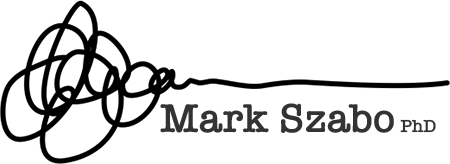Strategy is a process, not an end state. It's a process that creates clarity of action: when everyone knows what to do, when to do it, and how they contribute to the larger goals of the team, organization, conflict, or overall system. Strategic communications are what make the strategy process work, by delivering meaning, value, and purpose throughout the process to the people involved.
My approach to strategic communications is proven, rooted in scientific best practices, and it offers a useful roadmap for anyone willing to put in the effort:
1. Simplify – Communications is the art and science of focus. Like a sculptor removing stone that obscures the sculpture, a communicator removes the noise and gets to the heart of the matter by breaking it down to its simplest components. The challenge is how to get to elegant simplicity in a complex challenge. I use the type of integrative design thinking approach used by planners, architects, engineers, lawyers, and others who need to make long-term decisions now even though the future is unknowable, and I apply the methodology from my PhD in the application of systems theory to solving complex multiparty conflicts. The result: Elegant simplicity you can use right away.
2. Clarify – A problem well-understood is a problem half-solved, as the saying goes. Elegant simplicity is only useful if people understand what it means to them, in their world. To bring that to life when solving a strategic challenge, the people involved need to see the elegantly simple root of the challenge, engage with what that means to them, and get to the point where they clearly understand it themselves. The result: Those involved understand the challenge.
3. Serve – Serve first, then ask. The key to getting people to do what you want them to do is to first give them what they need, before they even ask for it. Strategic challenges arise when people prioritize what they want over what they actually need. At this stage you need to force people to grapple with the difference, and acknowledge the fact they won’t always get what they want. The result: Those involved understand and accept what they need is not necessarily what they want.
4. Engage – Strategic challenges arise from broken or missing patterns of interaction. Once we know what people need (not want), we can find ways to create new constructive patterns of interaction, or we can shake up existing destructive ones. These patterns are designed to create the kind of healthy engagement that will start motivating people to do what we need them to do. The result: Those involved begin to engage in constructive patterns of interaction.
5. Mobilize – Make it easy for people to do what you want. Now that people’s patterns of interaction are producing constructive, useful engagement, it’s time for them to start taking the action you want them to take. This involves making sure people understand what you want them to do, making it easy for them to do it, and continuously improving that process so more and more action will result. The result: People are doing what you need them to do, they know why they’re doing it, they see the benefit, and the system perpetuates itself.

